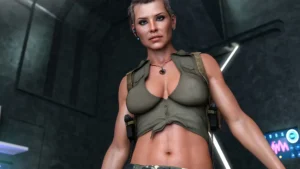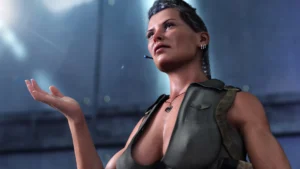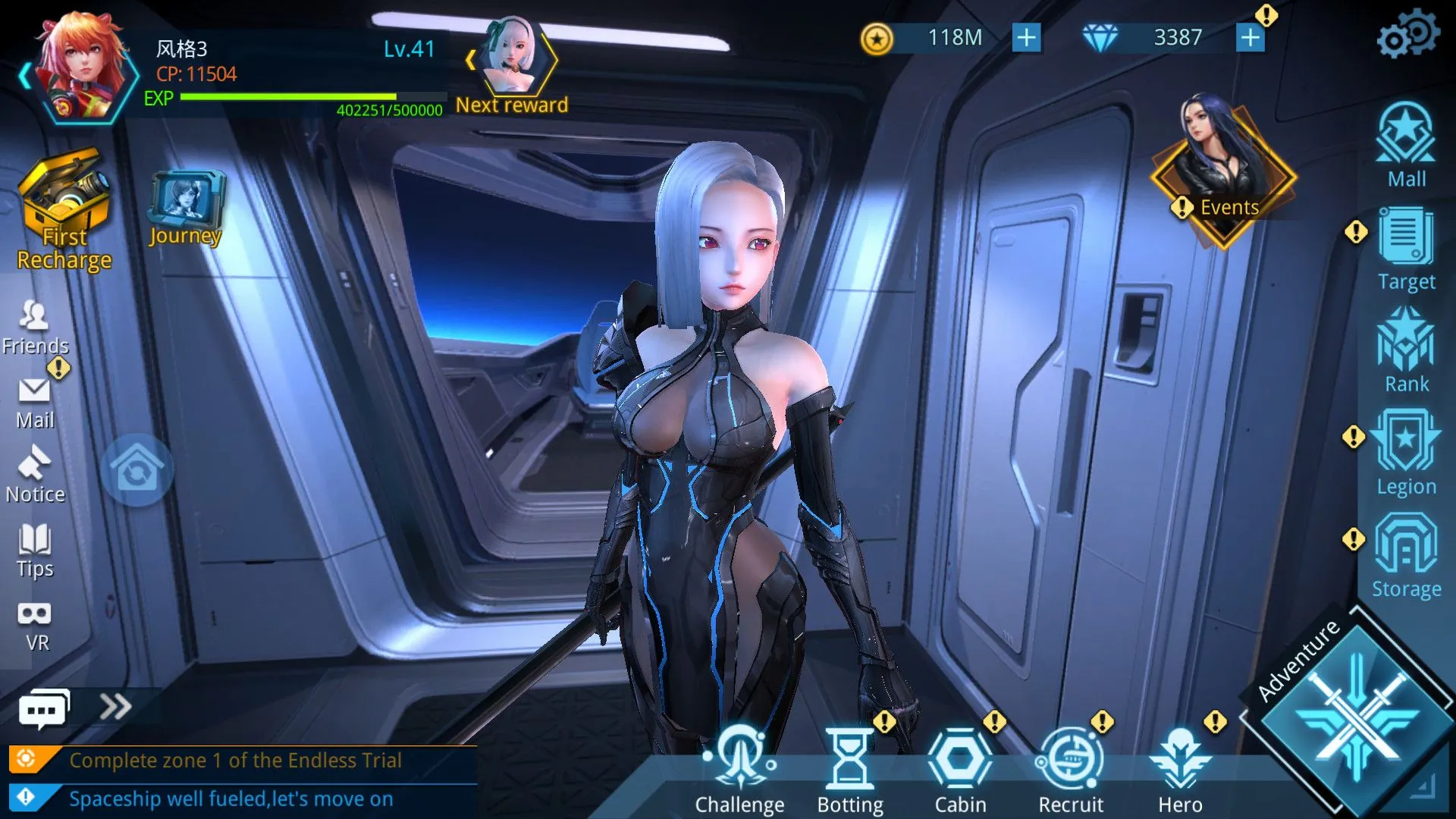
How to Fix the Future
Play How to Fix the Future
How to Fix the Future review
Exploring the ‘How to Fix the Future’ Game
In the world of interactive storytelling, ‘How to Fix the Future’ offers a unique blend of narrative and gameplay. This game challenges players to make choices that impact the future, providing a thought-provoking experience. As players delve into its engaging storyline, they must consider how their decisions shape the world around them. This article will explore the game’s mechanics, strategies, and the broader themes it addresses.
Understanding Game Mechanics
Ever feel like you’re trying to solve a puzzle where someone keeps changing the picture on the box? That was me during my first few hours with ‘How to Fix the Future’. I was making what I thought were logical decisions, only to watch my carefully constructed plans unravel in ways I never anticipated. 😅 This game doesn’t just hand you the answers; it demands that you understand its very soul. And that soul is built upon its intricate and brilliant game mechanics. Let’s pull back the curtain and see what makes this experience so uniquely captivating.
### What Makes the Game Engaging? 🧲
The magic of this game isn’t in flashy graphics or a sprawling open world (though its world is fantastic); it’s in the palpable weight of every single decision. The core narrative structure is a dynamic, branching web rather than a straight line. It feels less like you’re reading a story and more like you’re co-authoring it in real-time with the game. Your player choices are the pen, and every click can rewrite a character’s destiny or alter the fate of an entire district.
I remember one early mission where I had to allocate limited power resources. I chose to prioritize a medical clinic over a water purification plant, thinking I was making the humane choice. Big mistake. A week later (in-game time), a preventable water-borne illness swept through the residential sector, crippling my workforce and creating a new crisis I was wholly unprepared for. This cause-and-effect loop is the heartbeat of the game. You’re not just managing resources; you’re managing consequences, and that is profoundly engaging. It makes you stop, think, and truly care about the outcomes.
### Key Features and Gameplay ⚙️
At its heart, ‘How to Fix the Future’ is a narrative-driven strategy sim. You play as a newly appointed “Civic Coordinator” tasked with rebuilding a city from the brink of collapse. The game mechanics are a beautiful blend of resource management, dialogue trees, and strategic planning, all woven together by a reactive narrative structure.
Two features absolutely shine here: character development and world-building. The characters you meet aren’t just quest dispensers; they have their own agendas, biases, and evolving opinions of you. Helping a stubborn engineer might unlock new infrastructure options later, while alienating a community leader could lead to protests that block your projects. The world-building is delivered through environmental details, data logs, and off-hand comments from citizens, making the city feel like a living, breathing character that remembers every choice you’ve made.
The core loop involves:
* Reviewing Crisis Reports: New problems pop up constantly.
* Allocating Resources: You have limited units of Power, Materials, and Influence.
* Making Choices: This is where the real magic happens. Do you invest in short-term gains or long-term stability?
* Witnessing Outcomes: The game world evolves based on your actions.
Here’s a quick breakdown of the primary resources you’ll manage:
| Resource | Primary Use | Pro Tip |
|---|---|---|
| Power | Activating buildings and districts | Never max out your grid; always leave a buffer for emergencies. |
| Materials | Construction and repairs | Trade with other factions when possible; hoarding is rarely the best strategy. |
| Influence | Convincing characters & factions | Use it to de-escalate conflicts before they consume your other resources. |
A perfect example of how player choices influence the game is the “Greenhaven District” scenario. You discover a group of settlers farming on contaminated land. You can:
1. Evict them forcefully (costs Influence, secures the land for safe decontamination).
2. Provide them with makeshift safeguards (costs Materials, keeps them happy but slowers decontamination).
3. Relocate them to a safer, but less fertile area (costs Power and Materials, a medium-term solution).
I chose option 2 on my first run, wanting to be the benevolent leader. The narrative structure adapted; the settlers were grateful, but months later, health issues began to sap their productivity, creating a new drain on my medical resources. The game constantly reminds you that there are rarely perfect solutions, only trade-offs.
### Strategies for Success 🏆
So, how do you navigate this complex web and actually build a better tomorrow? After several playthroughs (and many, many failures), I’ve solidified some key strategies for success.
First, talk to everyone. Seriously. The dialogue isn’t just flavor text. It’s your primary tool for gathering intelligence. A casual complaint from a citizen might hint at a structural weakness in a power relay, allowing you to fix it before it fails catastrophically. Investing time in character development conversations often unlocks new options down the line, turning potential adversaries into allies.
Second, embrace the “think ahead” mentality. This isn’t a game you can brute-force. Here’s my actionable advice for resource management:
💡 Golden Rule: Never spend your last unit of any resource. Always maintain a emergency buffer for unforeseen events, which will happen.
- Specialize Early: Don’t try to fix every district at once. Focus on making one district fully self-sufficient (power, food, security) first. It will become your reliable base of operations.
- Balance Your Choices: If your last three major decisions were all about economic growth, maybe your next one should focus on citizen morale or environmental clean-up. The game rewards balanced leadership.
- Save Often and in Different Slots: This is crucial for experimenting. Want to see what happens if you choose the other option? Save first, then dive in. It’s the best way to learn the nuanced game mechanics.
Finally, don’t fear failure. Some of the most interesting story branches and world-building moments come from things going horribly wrong. Your city won’t be perfect, but it will be yours, shaped entirely by your player choices. The real strategies for success are about adaptability, empathy, and understanding that fixing the future is a marathon, not a sprint. Now get out there and build something amazing. 🚀
In conclusion, ‘How to Fix the Future’ offers a compelling experience that challenges players to think critically about their decisions. By understanding the game’s mechanics and employing effective strategies, players can navigate its complex narrative and work towards creating a better future. This game not only entertains but also encourages reflection on the consequences of our actions.




















